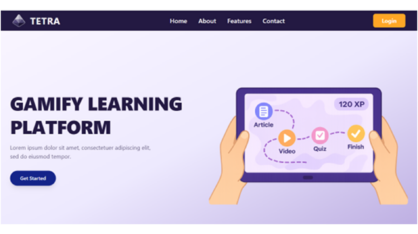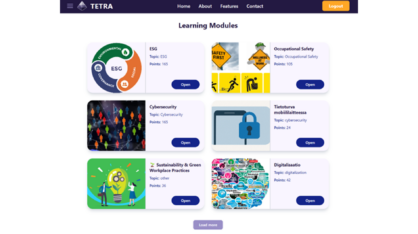In an age of rapid technological advancement, the integration of Artificial Intelligence (AI) into education has become both a blessing and a source of concern. This article explores the ethical dimensions of AI in education, weighting its benefits against its potential drawbacks, and offering insights into finding the golden mean “kultainen keskitie” that can ensure responsible and effective use of AI in the classroom.
AI in education holds immense promise as in everywhere also as well. We already have learned that different AI tools can provide personalized learning experiences, catering to individual strengths and weaknesses. For example, AI-powered language learning apps adapt to a student’s pace, making language acquisition more effective. Also there are chatbots, virtual assistants, and different kind of interactive platforms, that can make learning engaging and dynamic, breaking the monotony of traditional study methods. Even Moodle has a capability to add chatbot that gets its information from the course. Taking it in use at courses will be great help for students in the future. Studies show that AI can enhance learning outcomes by offering targeted support and assessment.[1]
But, while AI can be a valuable helper, excessive reliance on it raises concerns. Students may find themselves leaning too heavily on AI, leading to diminished critical thinking and problem-solving skills. Moreover, the allure of easy answers might erode motivation and creativity, hindering long-term learning. One of my students said finding AI often too helpful to the point where he sometimes wished it hadn’t even been available during his student years. While AI proved to be beneficial in certain courses, then on the other hand in some courses he really felt it hindering his learning process. It had been too easy to fall into the habit of letting AI handle everything, but then, he questioned, what was the point of “learning” by using AI? [2]
During last autumn many teachers noticed many students using too blindly AI in their courses. The question is, how these students, and future students, will learn effectively as AI becomes even more advanced. How the teaching should be changed, how the education should evolve? The fact is, that AI is here, and instead of denying, we need to start doing changes on our courses. But how? How did mathematic teaching change when graphical calculators were invented? How did teaching change, when internet and search engines came? After few years we are already used on AI, and then we know how the world changed this time. Now we are still in some sort of turning point, trying, failing, testing and finding good practices. And surely, learning from others. Vaasa University of Applied Science is a partner in INCREDIT (INterdisciplinary CReative EDucation In deep Tech) project, where we are bringing deep tech for teachers as well as for students by providing mentoring, found good practices and researching the topic.
But what we have noticed, the internet in general and AI always can encourage into certain laziness. While there are those who use AI sparingly and work independently, there is a risk that this group is dwindling. The biggest challenge is, how do we understand and get students understand, that after you have the basis, the foundation, for the subject, then you can start utilizing AI, and extend your knowledge. But without understanding the subject you cannot be sure, if AI is correct, and as my student had noticed, it really hinders the learning process. And once again, we can’t deny the usage, AI will anyhow in near future be also one of the work life skills. So, it is mandatory to teach students to use it professionally and also ethically. To find the balance, once again.
The ethical dimension of AI in education cannot be overlooked either. Privacy, bias, and fairness are pressing issues. AI algorithms may infringe upon students’ privacy, and inherent biases in these algorithms could lead to discrimination based on socio-economic or cultural factors. Ethical frameworks and principles must guide the responsible deployment of AI in the classroom. The solution lies in finding the right balance. AI should complement traditional teaching methods rather than supplant them. We, as educators must encourage students to use AI as a tool to aid their learning, not outsourcing their learning. Promoting digital literacy and especially critical thinking skills is essential to ensuring that students use AI responsibly. Otherwise, it is also problematic, are we grading students based on how good they are in AI usage, or how they are understanding the topic?
Surely, the future of AI in education holds many exciting possibilities and potential pitfalls. As AI technology advances, there is a possibility it could even become a primary teaching tool. The question arises: what will this mean for the education system? What will be the role of teachers in the future? I think, more and more we will be like mentors for students, helping and supporting their learning journey.
AI in education is a double-edged sword. Its benefits are undeniable, but its drawbacks and ethical concerns are equally pressing. As we move forward, it is incumbent upon us to strike a balance. Responsible and mindful use of AI in education, guided by ethical principles, can help ensure that it serves as a valuable tool, empowering students to learn effectively and think critically. That is something that all teachers will need to consider in their courses. Now and in the future.




